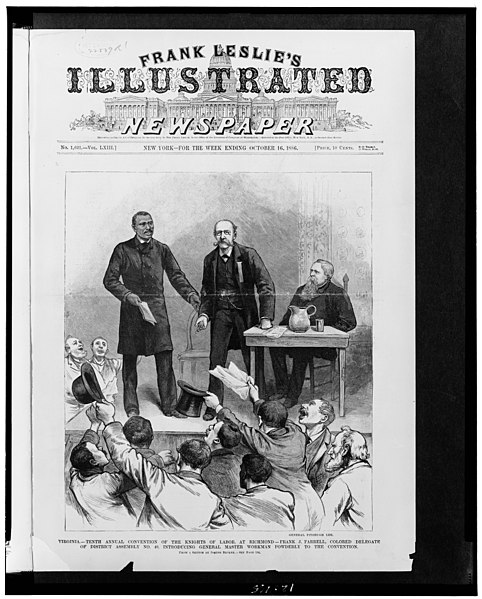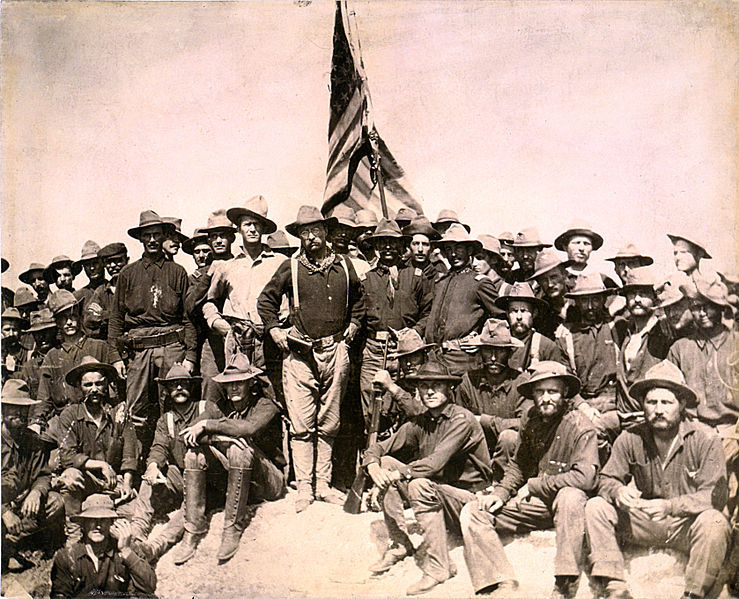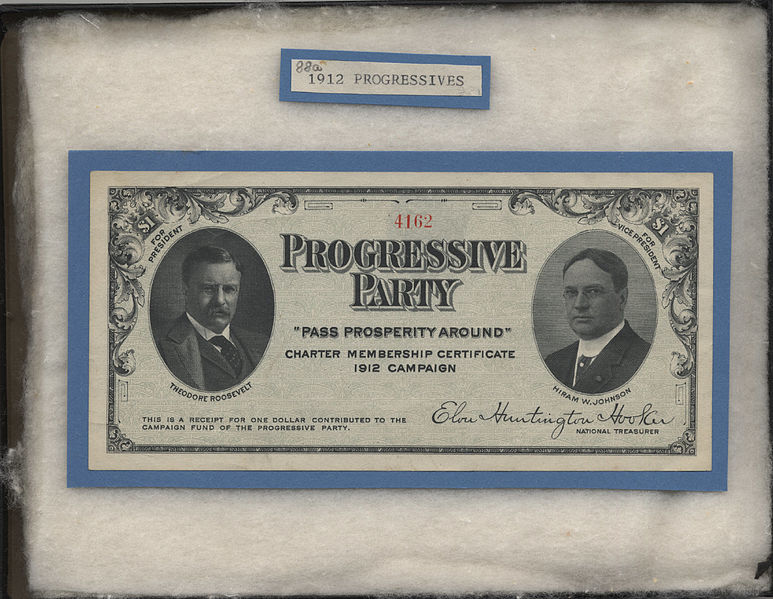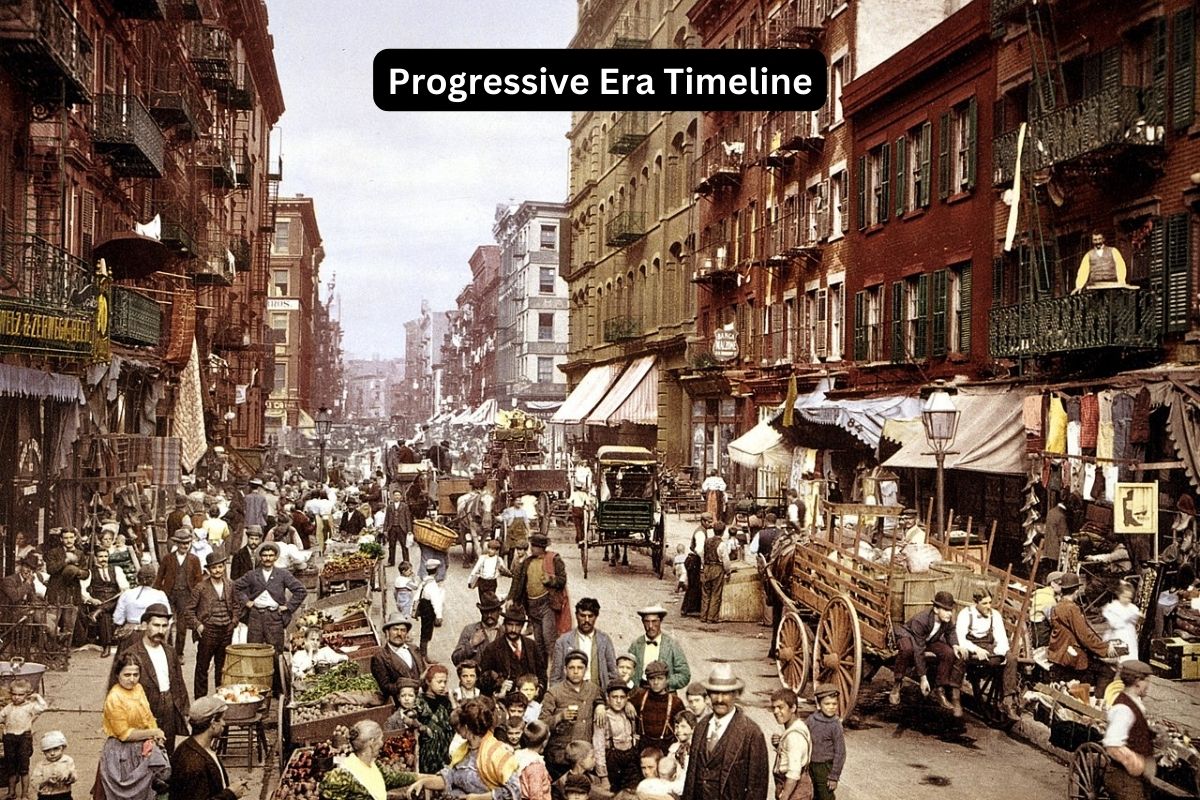The Progressive Era in the United States, spanning from the late 19th century to the early 20th century, was a transformative period marked by significant social, political, and economic reforms.
During this era, a wave of activism and change swept the nation as individuals, organizations, and the government sought to address pressing issues such as labor rights, corporate power, women’s suffrage, and consumer protection.
This brief introduction sets the stage for a closer examination of key events and developments that shaped the Progressive Era.
| Year | Event |
|---|---|
| 1870s-1890s | Labor movements and rise of labor unions. |
| 1890 | Sherman Antitrust Act passed. |
| 1890s | Populist Movement advocating for economic reforms. |
| 1898 | Spanish-American War. |
| Early 20th Century | 1901: President Theodore Roosevelt takes office. 1902: The Coal Strike of 1902. 1903: Elkins Act and Hepburn Act. 1906: Pure Food and Drug Act and Meat Inspection Act. |
| 1912 | Formation of the Progressive (Bull Moose) Party. |
| 1913 | 16th Amendment ratified (federal income tax). 17th Amendment ratified (direct election of U.S. Senators). |
| 1914 | Establishment of the Federal Trade Commission (FTC). Passage of the Clayton Antitrust Act. |
| 1917-1918 | World War I and its impact on the U.S. economy. |
| 1920 | 19th Amendment ratified (women’s right to vote). |
Timeline of the Progressive Era
1870s-1890s – Labor Movements and the Rise of Labor Unions
During the late 19th century, American workers faced harsh working conditions, long hours, low wages, and limited job security. In response to these challenges, labor movements gained momentum.
Prominent labor unions like the Knights of Labor and the American Federation of Labor (AFL) emerged to advocate for workers’ rights. The Knights of Labor aimed to unite all workers, including skilled and unskilled laborers, in a single organization.
Also Read: Progressive Era Accomplishments
The AFL, on the other hand, focused on skilled workers and emphasized collective bargaining with employers to achieve better working conditions and fair wages. These movements laid the foundation for later labor reforms and the improvement of workers’ rights.

1890 – Sherman Antitrust Act Passed
In 1890, the Sherman Antitrust Act was signed into law by President Benjamin Harrison. This landmark legislation aimed to address growing concerns about the concentration of economic power in the hands of a few large corporations, often referred to as trusts.
The Sherman Antitrust Act sought to promote fair competition by prohibiting anti-competitive practices, such as monopolies and restraint of trade. It provided the federal government with the authority to investigate and prosecute companies engaged in unfair business practices.
While its early enforcement was somewhat limited, the act laid the groundwork for future antitrust laws and became a crucial tool in regulating corporate behavior.
1890s – The Populist Movement Advocating for Economic Reforms
The 1890s saw the rise of the Populist Movement, also known as the People’s Party, which primarily represented the interests of farmers and rural laborers.
Also Read: Industrial Revolution Facts
This political movement emerged in response to the economic hardships faced by farmers, who were grappling with falling crop prices, high transportation costs, and mounting debts. The Populists called for a series of reforms, including:
- Free Coinage of Silver: The Populists advocated for the free and unlimited coinage of silver as a way to increase the money supply and alleviate debt burdens, particularly in rural areas.
- Regulation of Railroads: The movement sought government regulation of railroad rates and practices to prevent price gouging and discrimination against farmers.
- Direct Election of Senators: Populists supported the direct election of U.S. Senators by the people, which was later achieved with the ratification of the 17th Amendment in 1913.
- Progressive Taxation: They called for progressive income taxation to shift the tax burden onto wealthier individuals and corporations.
1898 – Spanish-American War
The Spanish-American War, which occurred in 1898, had several significant implications for the United States and contributed to discussions about the country’s role in world affairs.
The war was sparked by the explosion of the USS Maine in Havana Harbor and involved conflicts in Cuba, Puerto Rico, and the Philippines.
The United States emerged victorious, gaining control of several overseas territories, including the Philippines and Puerto Rico, and effectively ending Spanish colonial rule in the Americas.
This victory raised questions about U.S. imperialism and expansionism and led to debates about the responsibilities and obligations of a growing global power.

1901 – President Theodore Roosevelt Takes Office:
Theodore Roosevelt became the 26th President of the United States in 1901 after the assassination of President William McKinley.
Roosevelt’s presidency was marked by his commitment to progressive policies. He advocated for the “Square Deal,” which aimed to balance the interests of labor, business, and consumers.
Under his leadership, significant reforms and regulatory actions were taken in various areas, including:
- Trust-Busting: Roosevelt initiated antitrust actions against large corporations to break up monopolies and promote fair competition.
- Conservation: He established national parks, forests, and monuments, laying the groundwork for modern environmental conservation efforts.
- Consumer Protection: Roosevelt pushed for legislation to ensure the safety of food and drugs, leading to the Pure Food and Drug Act and the Meat Inspection Act in 1906.
1902 – The Coal Strike of 1902
The Coal Strike of 1902 was a significant labor dispute in the coal mining industry. It resulted in government intervention and arbitration, with Roosevelt mediating negotiations between coal mine operators and labor unions. The outcome was improved wages and working conditions for coal miners, highlighting the federal government’s role in resolving labor conflicts and protecting workers’ rights.
1903 – Elkins Act and Hepburn Act
These acts were aimed at regulating railroad rates and curbing the power of railroad companies. The Elkins Act prohibited rebates and unjust rate discrimination by railroads, while the Hepburn Act gave the Interstate Commerce Commission (ICC) the authority to set maximum railroad rates, ensuring fair and reasonable pricing for transportation services.
1906 – Pure Food and Drug Act and Meat Inspection Act
These laws, collectively known as the Pure Food and Drug Act and Meat Inspection Act, were designed to address concerns about the safety and quality of food and drugs.
They required accurate labeling of food and pharmaceutical products and established regulations to ensure the sanitary processing of meat and meat products.

1912 – The Progressive (Bull Moose) Party Formation
In 1912, Theodore Roosevelt, the former President of the United States, formed the Progressive Party, also known as the Bull Moose Party, as an alternative to the Republican Party. Roosevelt ran as the Progressive Party’s presidential candidate in the 1912 election.
The party’s platform included a range of progressive reforms, such as labor protections, women’s suffrage, and increased government regulation of business.
Although Roosevelt did not win the election, the Progressive Party’s platform and the campaign’s popularity highlighted the significance of progressive ideals in American politics.
1913 – 16th Amendment Ratified (Federal Income Tax)
The 16th Amendment to the United States Constitution was ratified in 1913. It granted the federal government the authority to impose an income tax on individuals and corporations.
This marked a significant shift in how the federal government generated revenue and allowed for a more progressive taxation system, where individuals with higher incomes paid a higher percentage of their earnings in taxes.
1913 – 17th Amendment Ratified (Direct Election of U.S. Senators)
The 17th Amendment to the Constitution was also ratified in 1913. It established the direct election of U.S. Senators by the people of each state, as opposed to being appointed by state legislatures.
This change was a key component of the progressive movement’s efforts to increase transparency and accountability in government by giving citizens a more direct role in the selection of their senators.
1914 – Establishment of the Federal Trade Commission (FTC)
The Federal Trade Commission Act was signed into law in 1914. It established the Federal Trade Commission (FTC), an independent agency responsible for regulating and preventing unfair and deceptive business practices.
The FTC’s mission was to protect consumers and promote fair competition in the marketplace. It had the authority to investigate and take enforcement actions against companies engaged in anticompetitive behavior or deceptive advertising.
1914 – Clayton Antitrust Act:
The Clayton Antitrust Act was also enacted in 1914. It expanded upon and strengthened existing antitrust laws, such as the Sherman Antitrust Act.
The Clayton Act addressed issues related to monopolistic practices, price discrimination, and anti-competitive mergers. It aimed to promote fair competition and prevent anti-competitive behavior by corporations.
1920 – 19th Amendment Ratified (Women’s Right to Vote)
The 19th Amendment to the U.S. Constitution was ratified in 1920. It granted women the right to vote, ending decades of struggle by the women’s suffrage movement.
This amendment marked a significant milestone in the ongoing fight for women’s rights and political participation, and it expanded the electorate by granting voting rights to half of the population that had been previously excluded.
